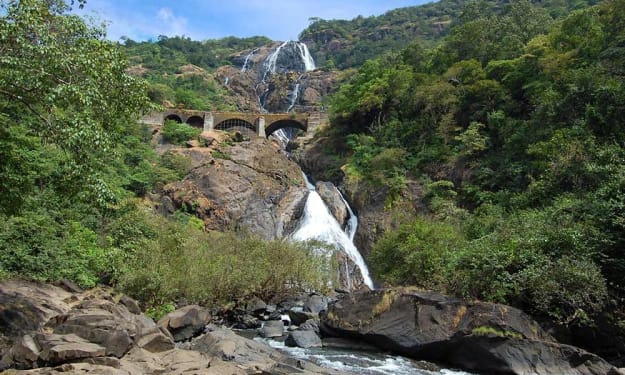Research on earthquakes and how they happen
Earthquake overview

Earthquake overview
The Earth’s surface consists of several tectonic plates, and these plates are in constant motion, and their movement can cause the building of mountains or the eruption of volcanoes, or even violent earthquakes when the earth’s surface shakes. It is worth noting that earthquakes are more common in some parts of the globe than others; Some places such as California are located on the meeting point, or a rift between two plates, and when these plates collide with each other, it causes earthquakes, the results are sometimes fatal and destructive.
In general, Earthquakes can be defined as natural ground motions that occur when energy is released from the earth. Seismology and earthquakes occur when one of the plates collides with another, or withdraws over the other. the length of another plate, and it happens constantly; Almost half a million earthquakes occur daily around the world, most of them are not felt by people because they are very weak, or very far from the surface or in the depth of the sea, and in contrast, some earthquakes are very strong and can be felt thousands of miles away.
A strong earthquake can cause landslides, tsunamis, floods, and other catastrophic events, and most damage and deaths usually occur in populated areas; Because shaking from earthquakes can cause windows to break, buildings to collapse, fires and other hazards, geologists cannot predict earthquakes, and they can happen anytime and anywhere.
How do earthquakes happen?
The Earth appears to be a very solid place from the surface, but it is very active just below the surface; The earth consists of four basic layers: the solid outer crust, the semi-solid hot curtain, the liquid outer core, and the solid inner. : Tectonic plates), these plates are constantly moving as they drift over the sticky, slowly flowing curtain layer below.
The continuous movement of the plates causes pressure on the earth’s crust, and when these pressures become large, they lead to cracks known as faults, and when the tectonic plates continue to move, they also cause movements at these cracks, and earthquakes are only a sudden movement of the crust Earth at fault lines, [4] where earthquakes occur when one plate collides with another plate or slides along it, and the place where the earthquake begins is called the epicenter, and the strongest vibrations are often felt near the epicenter, and can Vibrations from earthquakes are felt and detected hundreds or even thousands of miles from the epicenter.
As for the source of earthquake energy, it is the stresses resulting from the movement of tectonic plates; The movement of the plates causes deformation of the rocks on their edges, absorbing the resulting energy until the weakest point in them, the faults, erupts, releasing stress from them and thus earthquakes.
There is no destructive natural event over a very large area in a very short time like an earthquake, that is, over the centuries earthquakes have been responsible not only for millions of deaths, but also for massive damage to property and landscapes, and if major earthquakes can be predicted it will be possible to evacuate population centers and other measures that can reduce loss of life and, possibly, property damage; That's why earthquake prediction has become a major concern for seismologists in the United States, Russia, Japan and China.
Since the San Francisco earthquake in 1906 seismic activity along the San Andreas Fault has been closely monitored, and many small, semi-continuous earthquakes have been observed along some fault sections, and these small earthquakes appear to release accumulated stress, thus preventing large earthquakes , in contrast, the overlapping sections of the fault appear to be closed and thus do not show any microshocks
How to measure earthquakes
The energy produced by an earthquake is transmitted through the Earth in the form of vibrations known as seismic waves, which scientists can measure using instruments known as seismographs or seismographs that detect seismic waves at the bottom of the device, and records them as a series of zigzags, scientists can Through which it determines the time, location, and intensity of the earthquake from the information recorded by the seismometer, the device also provides information about the rocks through which the seismic waves passed.
About the Creator
Enjoyed the story? Support the Creator.
Subscribe for free to receive all their stories in your feed. You could also pledge your support or give them a one-off tip, letting them know you appreciate their work.
Reader insights
Outstanding
Excellent work. Looking forward to reading more!
Top insights
Compelling and original writing
Creative use of language & vocab
Easy to read and follow
Well-structured & engaging content
Excellent storytelling
Original narrative & well developed characters
Expert insights and opinions
Arguments were carefully researched and presented
Eye opening
Niche topic & fresh perspectives
Heartfelt and relatable
The story invoked strong personal emotions
Masterful proofreading
Zero grammar & spelling mistakes
On-point and relevant
Writing reflected the title & theme





Comments
There are no comments for this story
Be the first to respond and start the conversation.